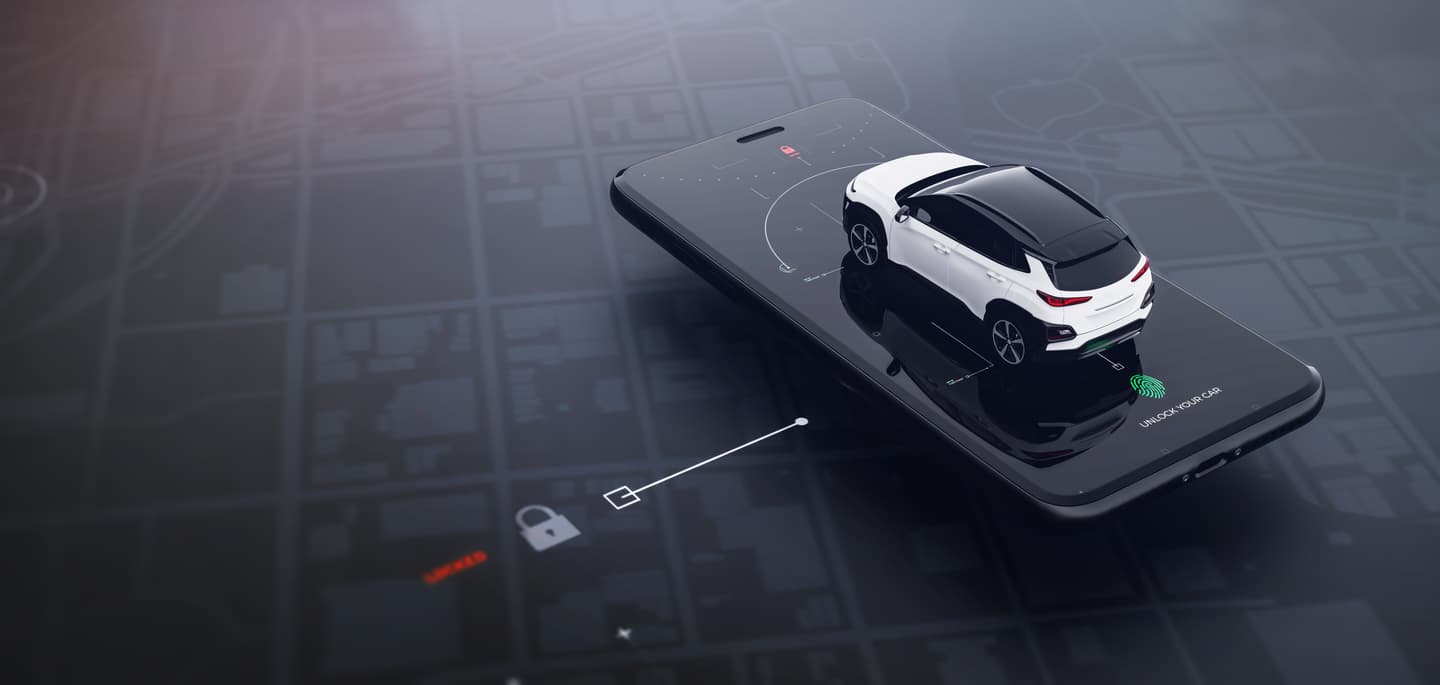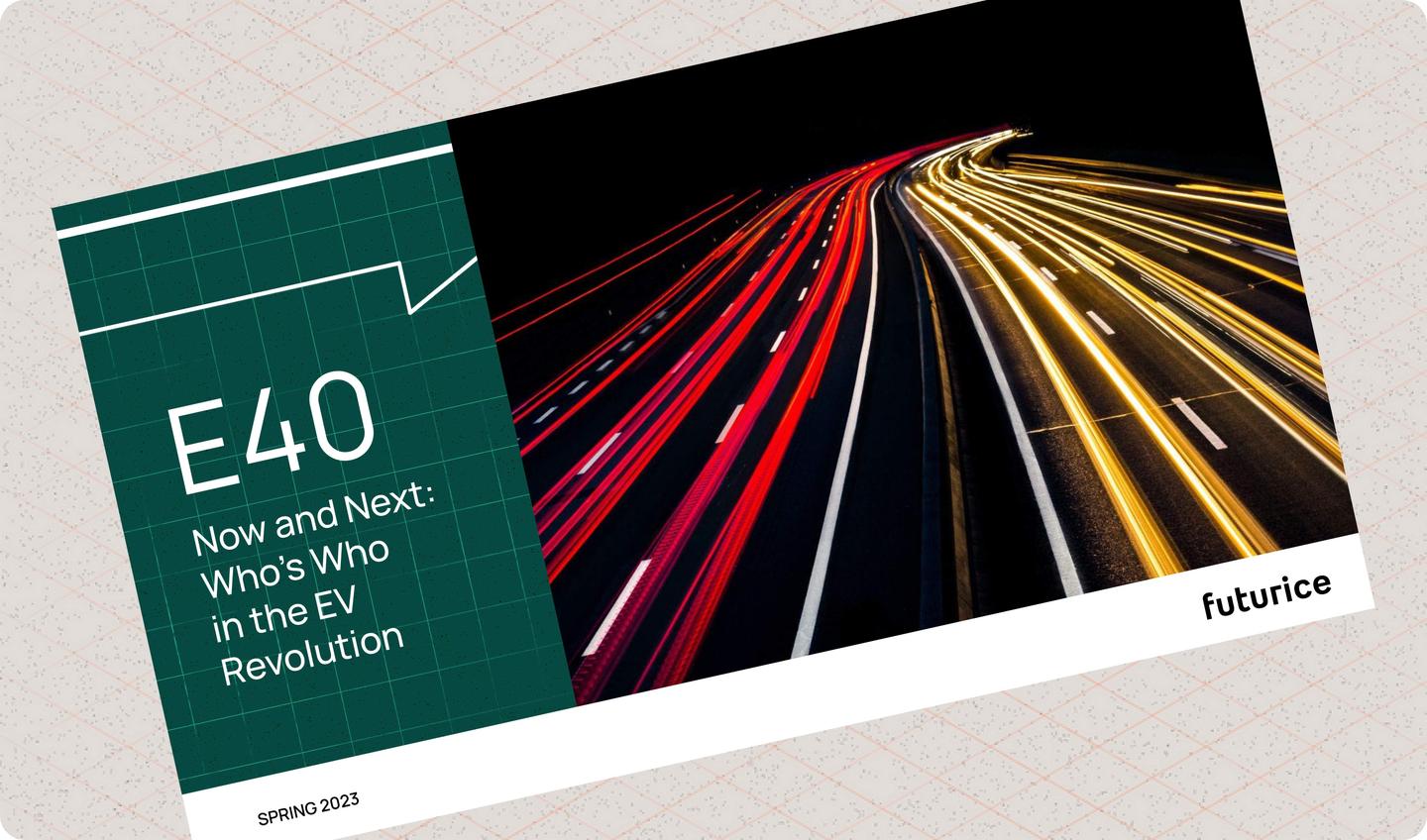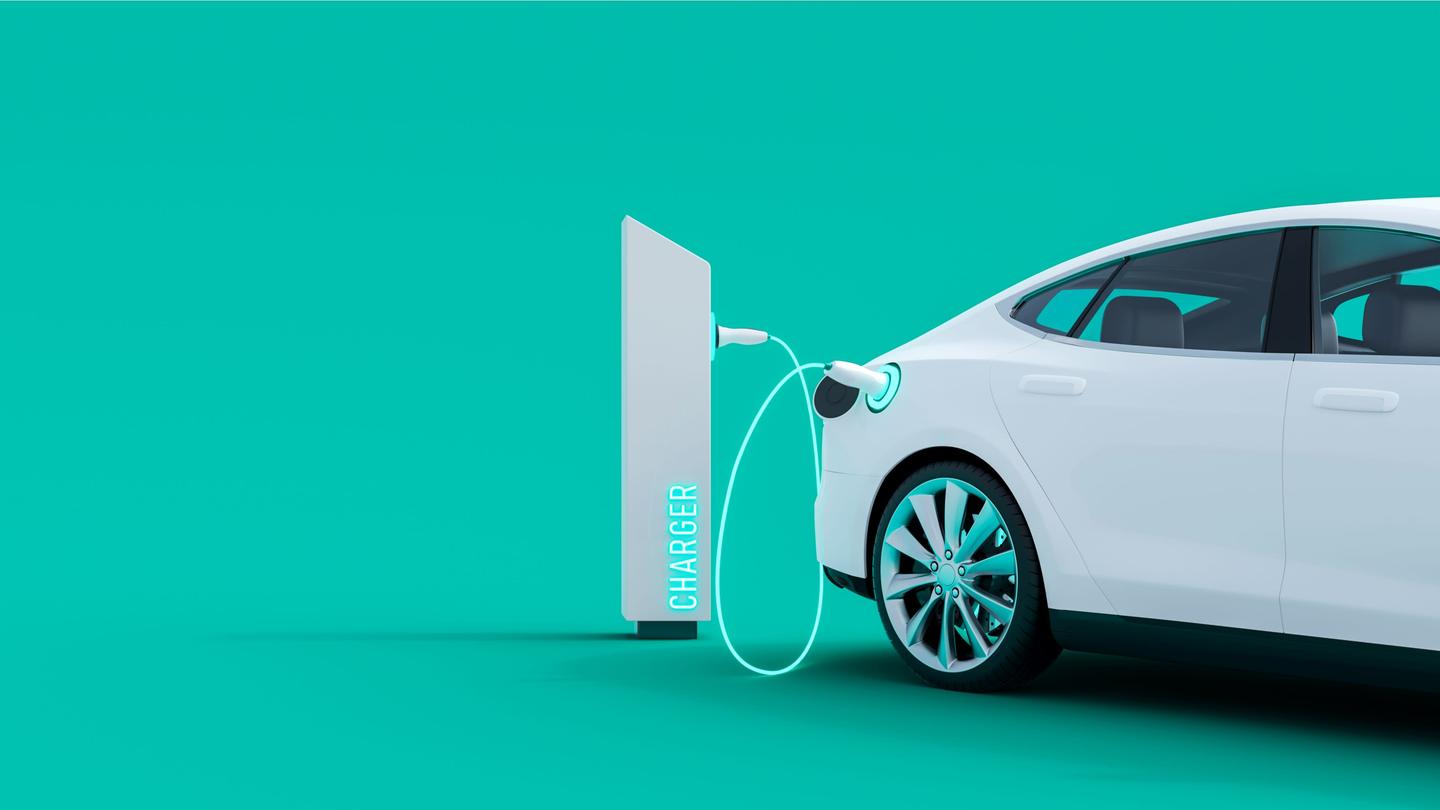Car companion apps - the tip of the automotive iceberg
Today, every major auto manufacturer offers a connected car app or “companion app”, as they’re often known. For the most part, these apps offer users basic remote control features such as car locking / unlocking, displaying status in various ways (e.g. fuel or battery charge level) and operating the climate control system.

While some of the most highly rated apps on the market go further in terms of functionality, from a technical and user experience (UX) performance perspective, the general standard of this class of app is low.
“Why is that?” I hear you ask. It’s a great question. I think there are three factors at play:
- Mindset of traditional OEMs: I am generalising here, but most traditional OEMs still undervalue the digital elements of their overall customer experience, and underinvest as a result. The car is king! OEMs also fail to recognise the significance of smartphones as the centre of our digital lives, and see car apps as more of a hygiene factor. To add to that, there’s an element of OEMs clinging on to old business models that have served them well in the past.
- Digital capabilities of OEMs: Digital product development is still a fairly new thing for many OEMs. Some have established capable cross-functional digital product teams, and boast reasonable levels of maturity in terms of their Agile, User Centred Design (UCD) and DevOps. However, effective product work requires wider business and culture change to happen, and that’s not easy in the automotive industry, where old ways of doing things are often deeply entrenched.
- Technical complexity of developing connected digital products: Getting two devices to talk to one another reliably is not trivial. Far from it. It’s very difficult, and in the case of car companion apps, they often have to communicate with a multitude of different vehicle systems (like the infotainment system, engine control unit, etc). Car apps also rely on some form of wireless connection (Bluetooth, Wi-Fi, cellular, etc) and problems with these connections (e.g weak signal or interference) can impact an app’s functionality and performance. Other technical challenges include hardware and software limitations in the vehicle. Certain cars may lack the necessary hardware grunt to operate effectively with the latest handsets, and similarly, a vehicle's underlying operating system may not be designed for high-performing apps.
To get a better sense of how various car apps perform for drivers in the wild, with some help from a Python script and ChatGPT, we analysed recent user / driver feedback for 18 different OEM car apps (BMW, Mini, Volvo, Audi, Mercedes, Mazda, Nissan, Ford, Tesla, Hyundai, Mitsubishi, Lexus, Honda, Toyota, Jaguar, Land Rover, Porsche and Polestar). The complete report can be found here.
There are some bright spots, but overall, the majority of apps fall short of delivering on their promises. We appreciate that reviewers are a self-selecting group, often motivated by a poor experience than a good or just ok one – but it’s still not going to be comfortable reading for the OEMs. Interestingly, whilst there was a shared sentiment among users that the apps would benefit from more modern and intuitive UIs, the points of real frustration come from problems connecting apps to their cars, slow response times, frequent crashes, inaccurate data and significant battery drain caused by the apps. Device compatibility, limited functionality and poor customer support were also cited as issues that left users feeling dissatisfied.
This speaks to my earlier points about the level of technical complexity in this domain, and the fact that many OEMs are still lacking the necessary digital and data capabilities needed to differentiate in the market in a sustainable way.
Despite some common challenges, some apps are performing much better than others. The MyBMW and Mini apps top the UK charts, with average app store ratings of 4.7 and 4.6 (out of 5) respectively. Porsche and Polestar, two brands that should be synonymous with high performance, come in last with a measly 2.4 and 2.1.
So what is it that MyBMW and Mini apps do to warrant such high ratings?
Another great question, which I’ll gladly unpack.
For those that don’t know, Mini is BMW owned, so there’s a good level of commonality between their apps and there are benefits from sharing learning and best practice. Both offer remote controlled car functionality via the app, but have expanded to cover the growing functionality of the vehicles themselves. The apps have developed into areas such as sustainability with trip planning and statistics, as well as charging functionality, remote and keyless entry, booking a service with a local dealer and more granular data on the car’s status.
BMW’s approach has been to establish these mobile applications as continuously evolving platforms that can provide real utility to drivers in a range of different contexts. It’s clear from their app ratings that users are responding positively. BMW is a long-standing client of ours, so we know that they see their app as a crucial brand asset. They also have an extremely rigorous approach to user research – leaving no stone unturned in terms of analysing and responding to customer feedback, app store ratings and usage data.
What’s at stake here, and why do OEMs need to up their game?
As consumers we know what a good digital experience looks like, and the quality of digital touchpoints that connect with our cars are increasingly important to us. These touchpoints need to live up to a brand’s ethos, and should start pre-purchase and continue through the user lifecycle and beyond. The excitement of driving a shiny new motor can sour very quickly if the digital experience underwhelms.
The business risks of failing to meet customer expectations with your car app are real and serious – increased safety risk (without proper smartphone integration, drivers might be tempted to use their phones manually while driving), damage to brand image and decreased perception of innovation (a car that doesn't support seamless smartphone integration might be perceived as less innovative or technologically behind), missed revenue opportunities and limited data collection.
Brand loyalty in the automotive industry isn’t what it was 20 years ago (my Dad was a Saab man for most of my childhood), and the level of competition in the European auto sector is only getting fiercer. Disruptors like Tesla and other pure EV OEMs, including a new wave of Chinese players, are “born digital”, forward-leaning and expected to shape the EV market and customers expectations. So in this context, a poor performing car app will increasingly be a deal-breaker for potential customers. This all boils down to loss of market share over time for those manufacturers that continue to undervalue their digital touchpoints.
So what could the future look like for car apps?
In the near future (next two years), I expect we’ll see all car apps improve, with laggards desperately trying to catch up with today's leaders, and today’s leaders making the most of their early advantage. While the possibilities with these apps are huge, it’s still early days, and most OEMs are very risk averse. That means we can expect the majority of new innovations and app services to be closely related to driving – but more personalised, automated and with more payments integration – with the ultimate aim of making drivers’ lives easier and safer.
Longer term, I expect we’ll start to see fewer screens in our cars, and smartphones and car apps becoming a more integral part of the car’s interface. This could fundamentally change a car’s UX, and would enable a completely new level of personalisation for drivers. In time, cars will know who’s stepping into them and adjust entertainment, seating, climate and even driving mode settings for each individual driver within a family or business, automatically. Apps will allow for more advanced safety features – such as vehicle diagnostics and predictive maintenance alerts, real-time tracking of vehicle vitals, advanced GPS features for better route optimisation, and safety alerts for erratic driving behaviours. They’ll also be much more connected to an ever-expanding digital ecosystem, and integrate with an array of other services designed to improve our personal and financial wellbeing. I think we’ll even be having two way conversations with our cars by 2030, Knight Rider style. If that leaves you feeling a little unnerved, I suggest you keep hold of your Golf.
In conclusion
All of the above capabilities will be enabled by modern software, machine learning and connectivity, but also new ways of working, and potentially new ways of organising companies around value streams. We’re talking about change on an enterprise-level, both technically and culturally. While this shift is undoubtedly challenging, it needs to happen for traditional players to still be relevant in the era of autonomous, connected, electric and shared vehicles that we’re working towards.
I’m very excited to see how the market evolves in the years ahead, and we’ll be doing our bit to help our OEM clients compete and continue to win in this new battleground.
 David MitchellChief Growth Officer
David MitchellChief Growth Officer





